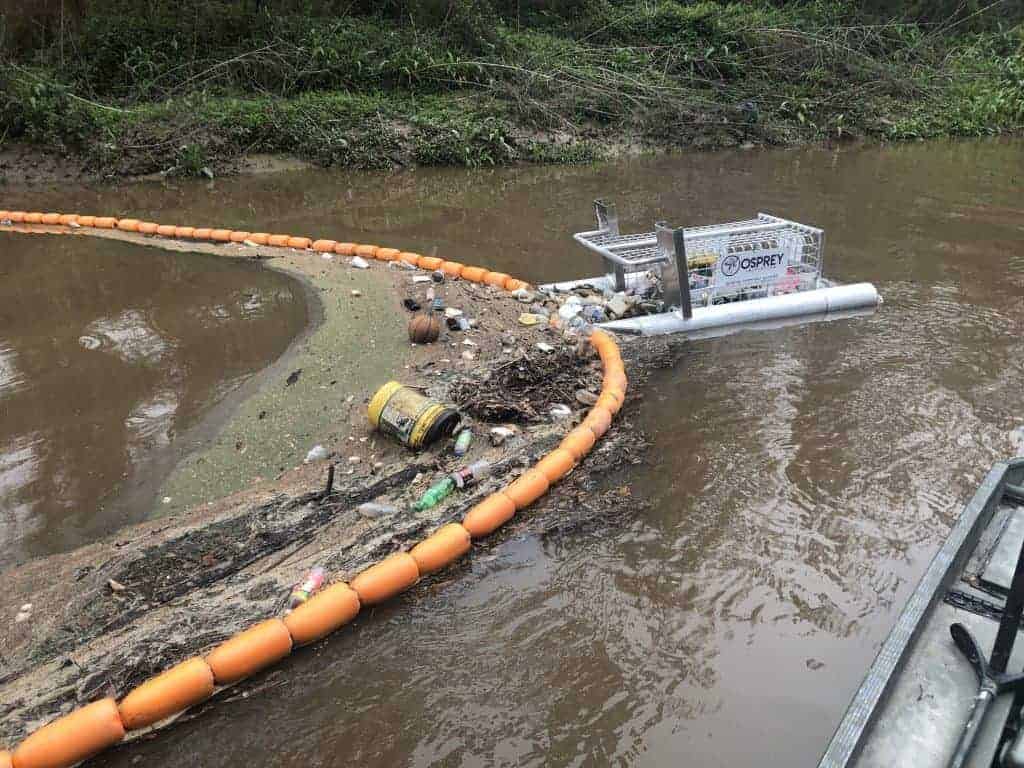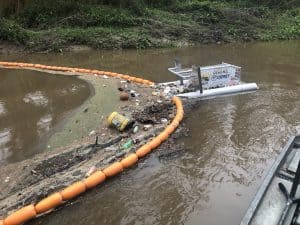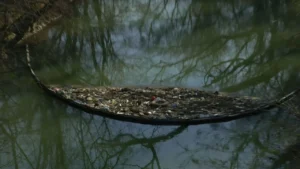Metro New Orleans is getting extra help catching trash before it winds up in Lake Pontchartrain and then the Gulf of Mexico.
Why it matters: Marine debris injures and kills wildlife, creates problems for boats and degrades quality of life for coastal residents, according to the U.S. Fish and Wildlife Service.
The big picture: Waterborne garbage from nearly half the country ends up in Louisiana due to the state’s location at the bottom of the Mississippi River, writes Axios’ Chelsea Brasted.
- Plus, severe weather and the state’s swamps, marshes and other waterways create clean-up challenges.
Driving the news: The Pontchartrain Conservancy partnered with Alabama-based Osprey Initiative to put litter traps in canals in New Orleans and Jefferson Parish.
- Osprey has other traps on the North Shore.
Between the lines: When it rains, stormwater goes into drainage canals and then flows into Lake Pontchartrain.
- It’s not treated before entering the lake, says Kristi Trail, executive director of the Pontchartrain Conservancy.
How it works: The “Litter Gitters” use booms to funnel floating trash into the collection basket, Osprey owner and president Don Bates tells Axios New Orleans.
- The traps are good at collecting trash that is blown into the water by wind or carried in with stormwater, Bates said.
- They are cleaned regularly by staffers.
By the numbers: The south shore currently has two “Litter Gitters” and two additional booms in canals in Jefferson and Orleans parishes.
Yes, but: The “Litter Gitter” in the Morrison Road canal was stolen and is in the process of being replaced, Trail said.
The intrigue: The bigger, motorized trash robots won’t work in New Orleans, Trail said, citing the fluctuating water levels and the waves in the lake.
- But she said leaders will continue to look at options as new ones come online, like this AI-powered, self-driving Clearbot.
Zoom in: The most common trash in the “Litter Gitters” is food-related like styrofoam cups, plastic bottles and takeout containers, Bates said.
- Statewide, plastic is the No. 1 source of litter, according to Keep Lousiana Beautiful.
- Globally, plastic is also the most common type of marine debris, the Fish and Wildlife Service says.
What’s next: The Pontchartrain Conservancy is working to get more litter traps added in metro New Orleans.
- Osprey is adding more traps nationally too, Bates said, and creating reusable bags for recycling at events.
- And they are testing ways of keeping the collected styrofoam out of landfills by grinding it up and using it in concrete.
Go deeper:
This story originally appeared on Axios New Orleans by Carlie Kollath Wells. View the original story online here.




